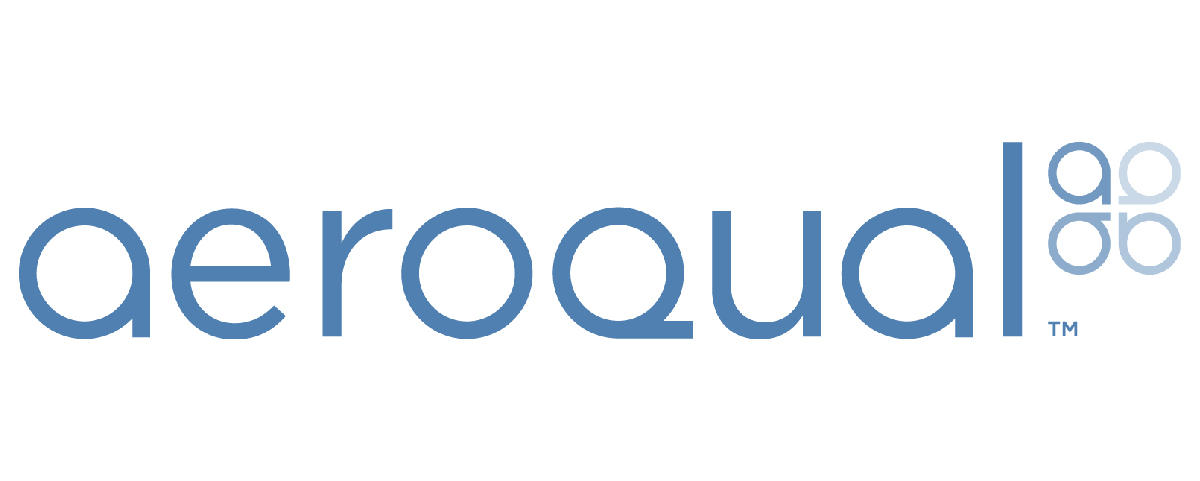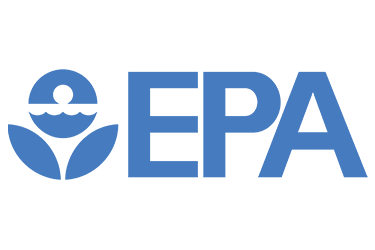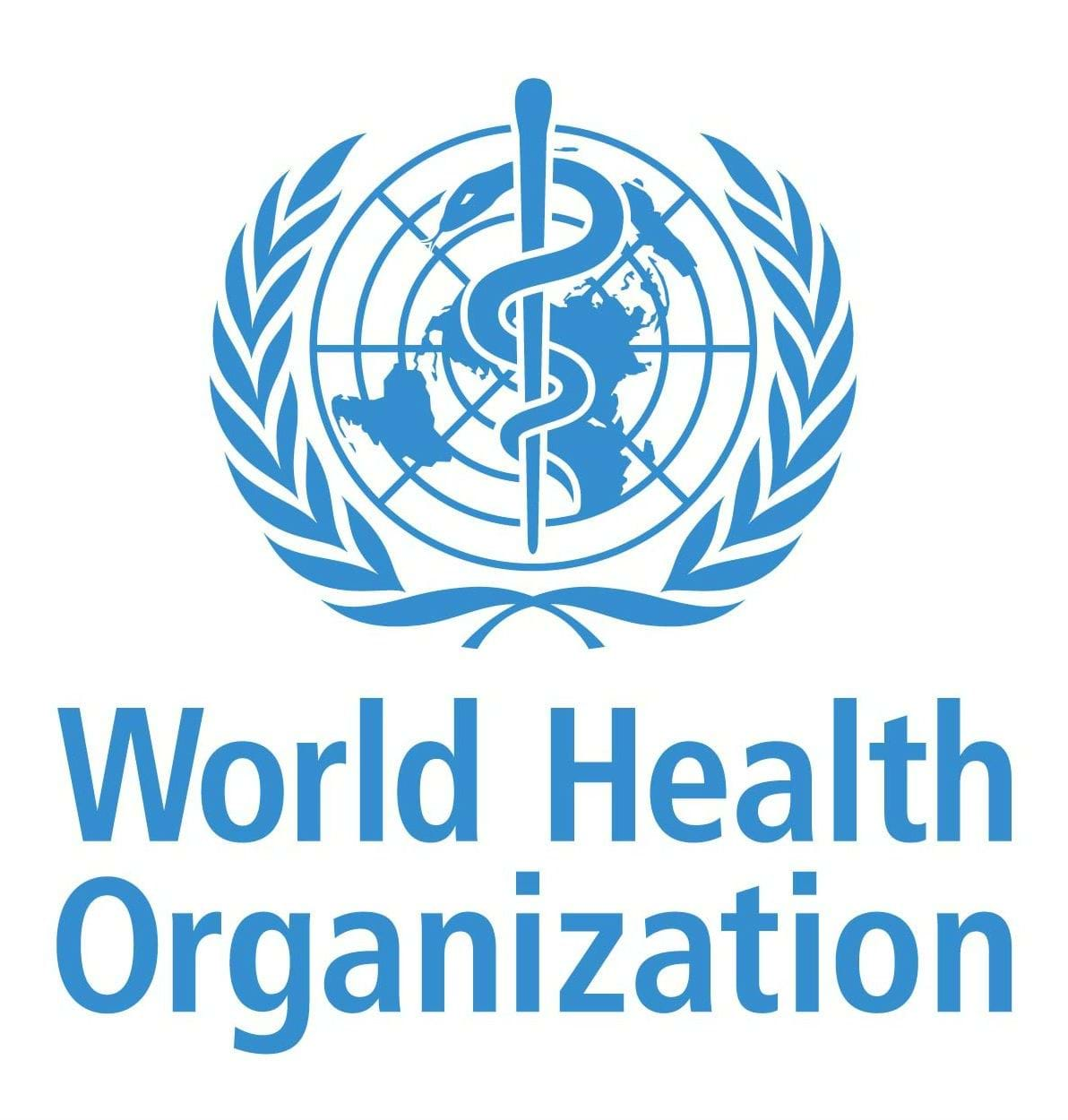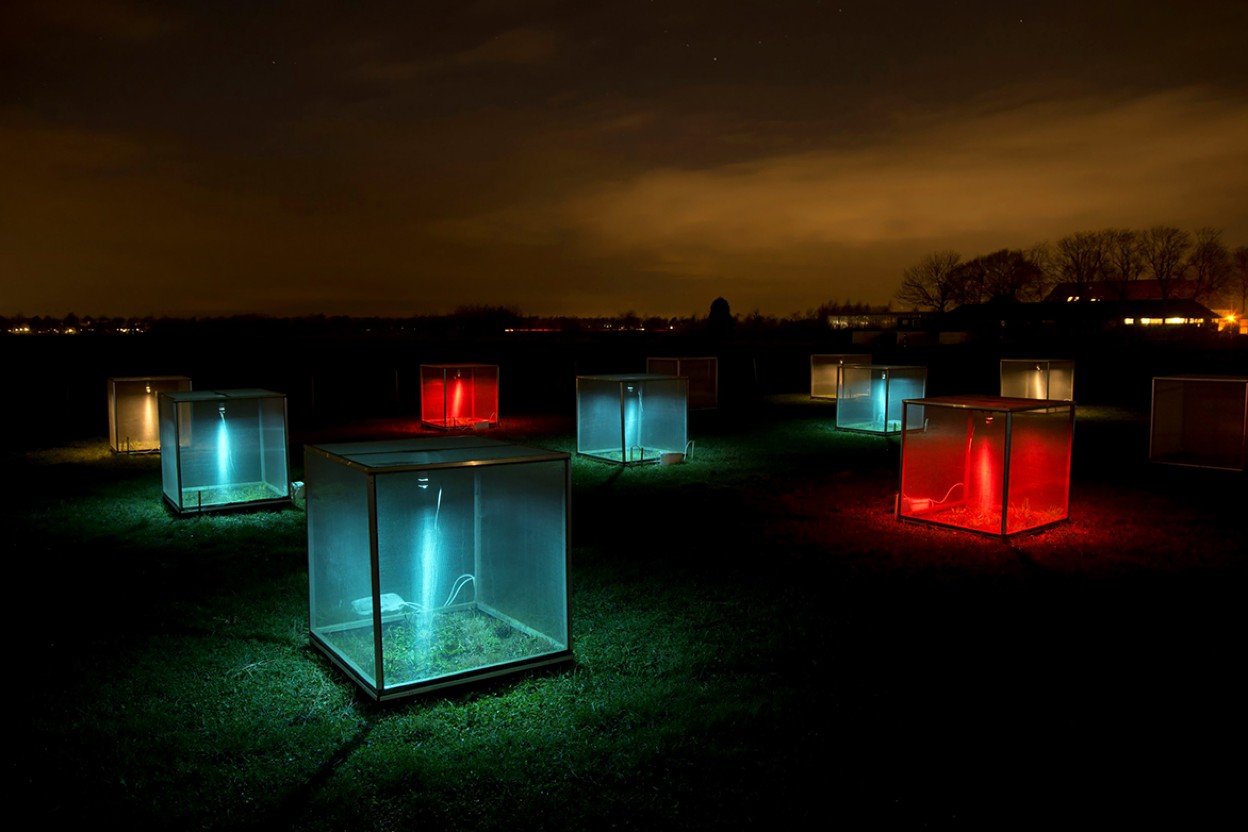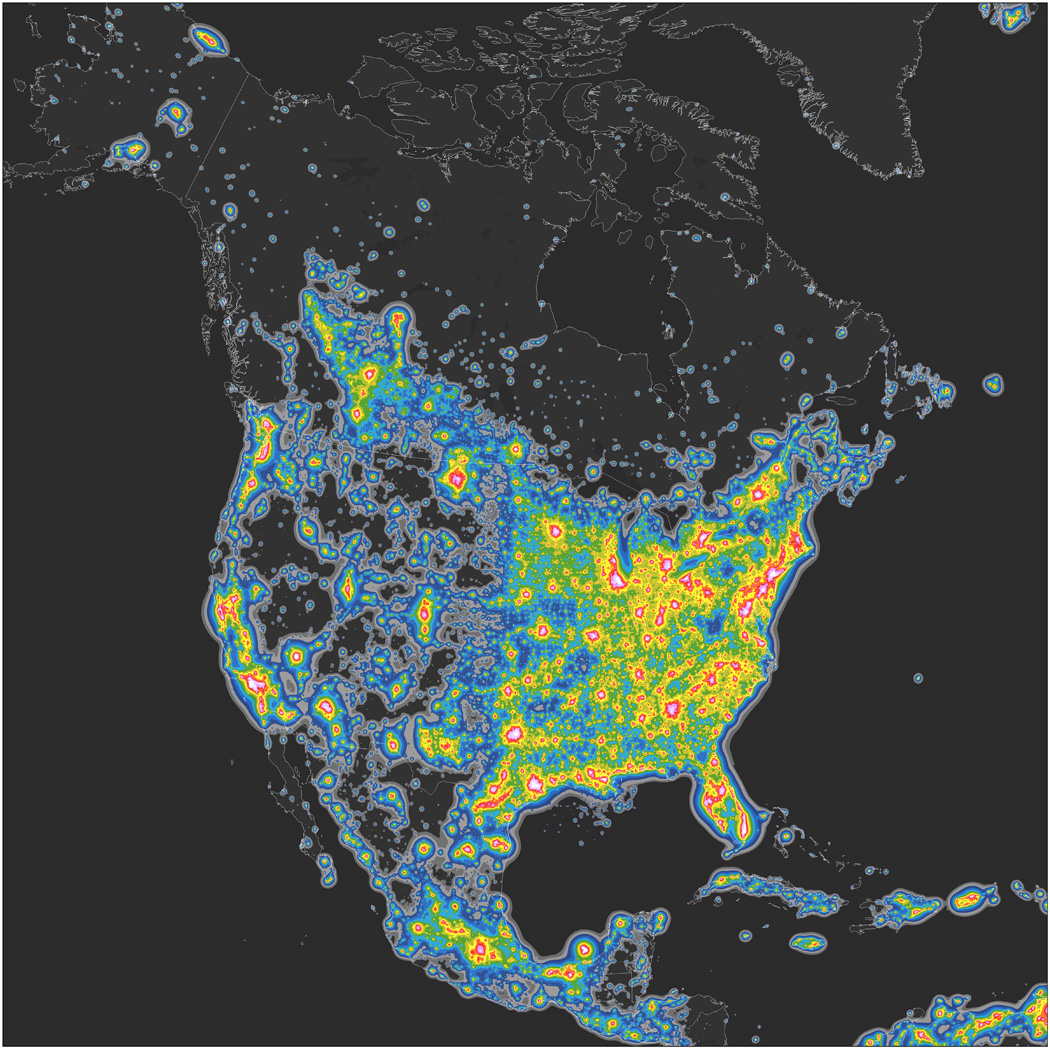Pollutants
Description
This includes contaminants that result from industrial activities and consumption patterns, which are accumulating in the air, soil, waterways, and the plants and animals we eat. Companies should take a risk-based approach and work to eliminate processes and materials that result in pollutants and seek to understand the rates at which pollutants can be safely assimilated by the environment.
Share this Issue on:LinkedIn
Resources
The Global Framework on Chemicals
The new Global Framework on Chemicals, adopted at the fifth session of the International Conference on Chemicals Management (ICCM5) in Bonn, Germany, provides a vision for a planet free of harm from chemicals and waste. Based around 28 targets, the framework outlines a roadmap for countries and stakeholders to collaboratively address the lifecycle of chemicals, including products and waste. It features a range of actions to ensure that a broad cross-section of stakeholders from governments, industry, international technical agencies, and civil society can support positive change on key topics, such as phasing out the most harmful chemicals, advancing circularity, and strengthening capacity-building, particularly in countries with insufficient enforcement regimes.
Practical Guide to Chemical Management Due Diligence in Supply Chains
This practical guide from the Responsible Business Alliance was created to provide you with a standardised, due diligence process template for managing chemical risks. It reflects RBA member companies’ experiences and learnings and seeks to promote a collective understanding among businesses, governments, non-governmental organisations (NGOs), workers’ organisations, employers’ organisations, the public, and other stakeholders on best practices for responsible chemical management conduct to safeguard workers’ health and the environment.
A Practical Guide For Business: Air Pollutant Emission Assessment
Developed by the Climate and Clean Air Coalition, Stockholm Environment Institute, and IKEA Group, this guide can help you to quantify air pollutant emissions within your value chain. The guide uses introduces a method for the comprehensive accounting of emissions, and provides a six-step approach for developing an air pollutant emission inventory for a broad range of contaminants, including particulate matter (PM2.5, PM10), Sulphur Dioxide (SO2), Nitrogen Oxides (NOx), Ammonia (NH3), and Carbon Monoxide (CO). The guide also introduces approaches to mitigation and implementation, and explains how an emissions inventory can be used for decision-making and strategy.
Safe planetary boundary for pollutants, including plastics, exceeded, say researchers
This article explains how - for the first time - the impact of "novel entities" (synthetic chemicals including plastics) on the stability of the Earth system has been assessed. This article will help you to understand that humanity has exceeded a planetary boundary related to environmental pollutants, and that urgent action is required.
National Geographic Resource Library: Pollution
This introductory resource provides a high-level explanation of air, land, and water pollution; key sources of pollution; and requirements for reducing pollution.
Towards Planet Positive Chemicals: A Chemical Transformation Roadmap
This report from the World Business Council for Sustainable Development outlines actionable steps for transforming how chemicals are produced, used, and recycled. Designed for decision-makers and stakeholders across value chains relying on chemicals (including business and sustainability leaders, policymakers, and financial institutions), the report was developed in collaboration with nine leading chemical companies and the ERM Sustainability Institute to provide a blueprint for collaboration. It identifies and unpacks three imperatives for transformation (net-zero chemicals, nature-positive chemicals, and a just transition for chemicals) and three enablers that support these imperatives (empowering a circular economy, activating sustainable chemistry, and combatting pollution). It also highlights six pathways and 33 actions to be taken by 2030 to transition toward just, net-zero, nature-positive chemicals.
A Profitable Detox: Why safer chemistry makes financial sense
This report from ChemSec can help you to understand the changes needed for a sustainable chemistry transition. It explains the the systemic risk of hazardous chemicals and outlines the mid- to long-term business case for chemical manufacturers to increase transparency, publish time-bound plans to phase out persistent chemicals, and develop safer alternatives to hazardous chemicals. It also presents tangible examples of companies that have accepted the competitive need to make this transition.
World's Air Pollution: Real-time Air Quality Index
The World Air Quality Index Project has created this interactive map to provide real-time and recent historical information on the world's air pollution in over 10,000 locations. This resource will help you to keep track of the pollution in the communities in which you operate, as well as to provide evocative air quality information to leaders for educational purposes.
WHO Global Air Quality Guidelines
This comprehensive guide was created by the World Health Organisation (WHO) for policy-makers, lawmakers, and technical experts, including industrial stakeholders and environmental impact assessment practitioners. It was created to offer quantitative, health-based recommendations for air quality, with the ultimate goal of providing guidance that can help to reduce the burden of pollutants on health worldwide. It provides specific recommendations on a range of air pollutants, including particulate matter, ozone, nitrogen and sulfur dioxide, carbon monoxide, and more. It also provides recommendations for implementation, monitoring, and evaluation of the guidelines.
A Beginner’s Guide to NOx, NO and NO2 as Air Pollutants
This blog provides an accessible introduction to nitrogen oxides, the differences between them, their sources, and their impact to humans and the environment.
The world's forgotten greenhouse gas
Agricultural activities may be responsible for more than a quarter of human-caused climate-warming emissions, but most of these emissions are not from carbon dioxide. The primary culprit, rather, is nitrous oxide - a compound approximately 300 times as potent as carbon dioxide at heating the atmosphere. This article explains how humanity has tipped the Earth's nitrogen cycle out of balance, and highlights solutions for runaway nitrous oxide emissions that your company can support.
What is nutrient pollution?
This brief article will introduce you to the issue of nutrient pollution from nitrogen and phosphorous, including sources of nutrient pollution and their effects on marine environments.
Strategic Approach to International Chemicals Management (SAICM) Knowledge Platform
The Strategic Approach to International Chemicals Management (SAICM) is a policy framework created to promote chemical safety around the world. Their strategic approach focuses on risk reduction; knowledge and information; governance; capacity-building and technical cooperation; and illegal international traffic. SAICM is an excellent source if you want to take a deep dive into issues related to hazardous chemicals. They have an expansive library of articles, videos, reviews, databases, e-learning resources, reports, and more on topics related to chemicals, and they lead communities of practice on a range of cross-cutting themes.
Stockholm Convention on Persistent Organic Pollutants
The Stockholm Convention on Persistent Organic Pollutants is a multilateral environmental agreement to protect human health and the environment from such harmful chemicals. This site is your one-stop shop for learning more about POPs. It provides essential information on initial and newly identified POPs; reports and decisions from the Convention; and brochures, leaflets, fact sheets, guidance manuals, and other publications.
Toxic waste, explained
This primer can help familiarise you with the topic of toxic waste, including common sources, regulations, and management.
Getting to the Heart of the (Particulate) Matter
The World Health Organization estimates that more than 99% of the world’s population breathes air that exceeds its health-based air quality guideline limits, and that millions of premature deaths can be attributed annually to breathing in air pollution. This explainer from NASA can help you to understand the scale and scope of the air pollution crisis, and especially of the dangers of particulate matter. It explains the nature and sources of particulate matter pollution; outlines the implications for human health; and highlights the efforts that are underway to determine the types and sources of particulate matter most harmful to humans.
Microplastics are raining down from the sky
This explainer from National Geographic can help you to understand the extent of airborne microplastic and nanoplastic particulate pollution, and the implications they may have on human health and the environment.
Microplastics are in the air we breathe and in Earth’s atmosphere, and they affect the climate
Microplastics can be found in every environmental system on the planet, and are making their way into the food we eat, the water we drink, and - increasingly - the air we breathe. Looking beyond the immediate health consequences, this article (and accompanying report) can help you to understand how airborne microplastics behave in the atmosphere and how they contribute to climate change.
The Plastic Leak Project Guidelines
This comprehensive publication provides the first science-based methodology to map and measure plastic leakage across corporate value chains. Part of the Plastic Leak Project, this document will provide sustainability managers and corporate decision-makers with a framework for understanding where (and how much) leakage is occurring, and will help you to create impactful strategies and actions that effectively address plastic pollution and mitigate key business risks. Also available is a Plastic Leak Project Brief, which provides decision-makers with an overview of the guidelines, a summary of the challenges they help address, the business value of this metrics-based approach to building a plastics strategy, and more.
Asbestos Information
This is a good source of information on the basics of asbestos. It explains what asbestos is, how it's used, and the effects it can have on human health.
The WELL Air concept
The WELL Air concept was created to promote indoor air quality through a diverse range of holistic design strategies aimed at reducing harmful exposure to contaminants. This guidance addresses a broad array of topics that will help you to improve the air quality in your facilities, including ventilation design, pollution infiltration management, air quality monitoring and awareness, and microbe and mold control.
Volatile Organic Compounds' Impact on Indoor Air Quality
Volatile organic compounds (VOCs) are gaseous emissions from certain solids or liquids that may have short- and long-term impacts on human health. This page from the Environmental Protection Agency will help you to become familiar with the sources of VOCs, their health effects, and steps to reduce exposure.
Air Emissions and Ambient Air Quality
These environmental, health, and safety guidelines from the International Finance Corporation apply to facilities or projects that generate emissions to air at any stage of the project life-cycle. It is intended to complement industry-specific emissions guidance presented in the Industry Sector Environmental, Health, and Safety (EHS) Guidelines by providing information about common techniques for emissions management that may be applied to a range of industry sectors; providing an approach to the management of significant sources of emissions; providing specific guidance for assessment and monitoring of impacts; and providing additional information on approaches to emissions management in projects located in areas of poor air quality.
Protocol on Heavy Metals
The 1998 Aarhus Protocol on Heavy Metals provides strict limits on cadmium, lead, and mercury emissions. It outlines best available techniques for reducing such emissions from industrial sources, combustion processes, and waste incineration, and also introduces measures to reduce and manage heavy metal emissions from products such as batteries, measuring devices, pesticides, and paint.
Heavy Metals Toxicity and the Environment
This resource is a helpful primer on arsenic, cadmium, chromium, lead, and mercury - five priority metals of public health significance. For each metal it explains environmental occurrence, industrial production and use, the potential for human exposure, and mechanisms of toxicity and carcinogenicity.
The Minamata Convention on Mercury
This international treaty, first signed in 2013 by 140 countries, is designed to protect human health and the environment from the dangers of widespread mercury pollution. The treaty requirements cover the entire life cycle of mercury, including phasing out mercury use in products and manufacturing processes (e.g. batteries and pesticides), banning new mercury mines (e.g. small-scale gold mining), limiting the emission of mercury into the environment (e.g. coal burning), and decontaminating sites. The annex also provides a breakdown of all goods and processes affected by the agreement. This document will be most useful to sustainability and supply chain management teams that want to build their understanding of mercury-related regulations and how they might relate to your organisation and value chain.
Guidance on the Management of Contaminated Sites
This guide by the UN Environmental Programme can help you remediate mercury contaminated sites in line with article 12 of the Minamata Convention. It begins with an introduction to the issue of mercury pollution and a summary of remedial obligations agreed upon by signatories of the Convention. It then provides practical guidance on identifying contaminated sites, engaging the public, and assessing risk to human health and the environmental. It also covers different options to manage and remediate contamination. The final sections outline how to evaluate the costs and benefits of taking action and how to verify efficacy. This guidance will be most useful to environmental health and safety (EHS) and engineering departments.
What is Radiation?
This simple primer can help you to understand what radiation is, including the types of radiation and how they differ.
Ionizing radiation and health effects
This fact sheet from the World Health Organisation (WHO) can help you to understand ionising radiation, including key sources of radiation, pathways to exposure, and the effects of exposure on human health.
Compendium of WHO and other UN guidance on health and environment: Environmental noise
This resource features a range of information on the effects of noise on human health and nature. It provides limits for acceptable noise exposure for humans and provides a table with guidance for addressing common sources of noise pollution.
Revised Guidelines for the Reduction of Underwater Radiated Noise from Shipping to Address Adverse Impacts on Marine Life
These guidelines from the International Maritime Organisation were created to provide an overview of approaches applicable to designers, shipbuilders, and ship operators for reducing the underwater radiated noise (URN) of any given ship, as well as to assist relevant stakeholders in establishing mechanisms and programmes through which noise reduction efforts can be realised. It provides information on URN management planning, URN reduction approaches, evaluation and monitoring, and more.
Noise Pollution
Noise pollution impacts millions of people on a daily basis, as well as innumerable animals on land and in marine and freshwater environments. This short explainer can help you to understand what noise pollution is; the effects it can have on wild species; and common sources of noise pollution.
Who pollutes the ocean with noise?
This short article from Ocean Care provides a summary of key ocean noise-generating activities, including shipping, seismic activities from oil and gas exploration, military activities, pile driving and construction, and deep-sea mining.
How Does Noise Pollution Harm Marine Species?
This short article explains some of the negative effects that underwater noise can have on marine mammals, including physical injuries, changes in behaviour, and communication interference.
The Impact of Ocean Noise Pollution on Fish and Invertebrates
This report from Ocean Care provides a review of 115 primary studies encompassing various human-produced underwater noise sources on dozens of species of fish (including herring, tuna, halibut, rockfish, and bass) and invertebrates (including octopi, squid, jellyfish, shrimp, lobsters, and shellfish). It explains how noise can affect an individual’s behavior, physiology, anatomy, and development, with potentially significant impacts on reproduction, health, and mortality.
Underwater noise management plan
This resource from the Vancouver Port Authority sets out their approach to understanding, managing, and mitigating the effects of port-related underwater noise on marine mammals. It explains why underwater noise is a concern, highlights key source of underwater noise, and unpacks their noise management strategies. This plan will be of particular benefit to sustainability professionals who want build their understanding of how such plans are used to guide decisions and actions and who want to create such guidance for their own organisation.
Deep-Sea Mining: A noisy affair
This report from Ocean Care can help you to build your understanding of underwater noise emissions from deep-sea mining (DSM) activities. It provides an overview of human-caused underwater noise, explains the state of knowledge in regard to noise emissions from deep-sea mining activities, and explains their impact on marine life. It also provides an overview of legal and policy frameworks.
Best Available Technology (BAT) and Best Environmental Practice (BEP) for Mitigating Three Noise Sources: Shipping, Seismic Airgun Surveys, and Pile Driving
This report from the Convention on the Conservation of Migratory Species of Wild Animals (CMS) and Ocean Care provides a comprehensive overview of (current) best available techniques, technologies, and practices for preventing and reducing marine noise pollution from shipping, air guns, and pile driving.
Our nights are getting brighter, and Earth is paying the price
This fascinating and heartfelt article can help you to better understand and appreciate the growing problem of light pollution, and the long-term effects it is having on humans and nature.
Illuminating the Effects of Light Pollution
This article may be useful as part of an executive primer on the effects of light pollution, which highlights evocative examples such as bird collisions, algae blooms, and beached baby turtles.
The dark side of light: how artificial lighting is harming the natural world
Artificial lighting within towns and cities, along roads and highways, and at business sites is so pervasive that it can be easy to overlook or underestimate their effect on ecosystems. This article from Nature will help you to understand the profound impact that light pollution is having on ecology, such as migrational species and insects, as well as the results of experiments conducted to identify harm reduction alternatives.
National Light Pollution Guidelines for Wildlife
This resource from Australia's Department of the Environment and Energy provides a framework that will help you to assess and manage the impact of artificial light on susceptible wildlife. It introduces a multi-step approach that explains how artificial light impacts wildlife; highlights the principles of best practice light design; explains how to determine biologically relevant luminance and perform artificial light auditing; and provides an artificial light management checklist. The guidance also features species-specific appendices and case studies.
The International Dark-Sky Association: Light Pollution
The International Dark-Sky Association is a non-profit organisation committed to preserving and protecting the night-time environment and shared heritage of dark skies. Their website provides a wide array of information to grow your understanding of the causes and effects of light pollution, with themes specific to wildlife and ecosystems, energy waste, human health, and the intersection of lighting, crime, and safety. Their resources also include videos, infographics, and a research library.
The New World Atlas of Artificial Night Sky Brightness
This resource presents a modern world atlas of global luminance. The content presented here will help you to better visualize and understand the extent to which light pollution is a global issue.
Light Pollution Map
This interactive light pollution map provides an array of overlay options that will help you to see the trends in light pollution over the past decade.







